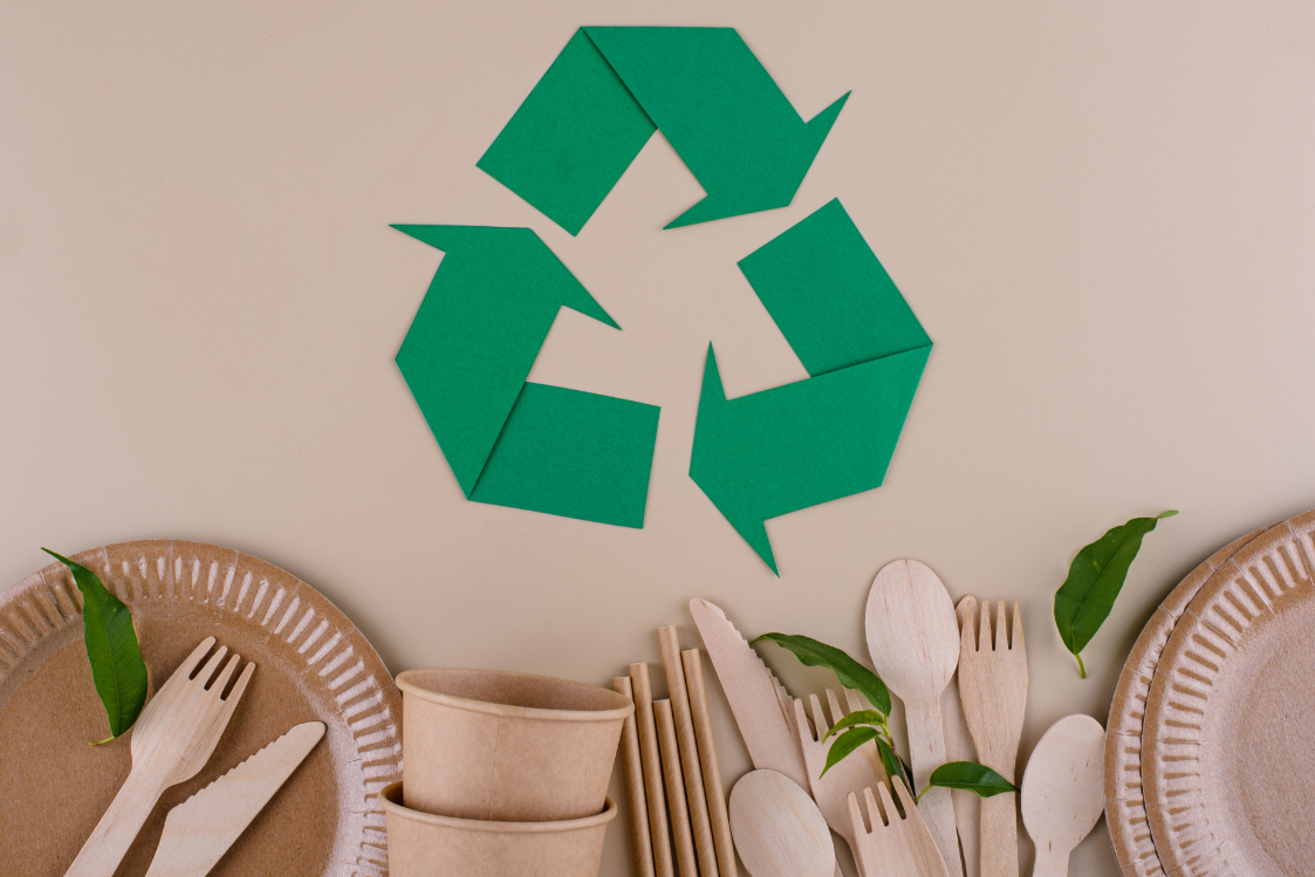A long goodbye: the slow move away from plastic packaging

Daniel Wood and Zoe Wakeham, Consultants in our Consumer & Retail practice, look at how manufacturers and retailers are wrestling with challenges around making packaging more sustainable.
According to a recent survey of UK-based packaging experts, 92% intend to stop using plastic in their consumer packaging altogether. Paper and paperboard are the leading choice of replacement materials, ahead of new polymers, bioplastics and ‘multimaterials’.
Yet while the intentions are clear and laudable, the timeframe for a transition away from plastic is longer than many would like. The research found that 27% of packaging experts expect it to happen by 2027, 35% by 2028 and 28% by 2029 – yet 87% would welcome an acceleration in the switch to alternative materials.
Why then are companies holding off on making the change to more sustainable packaging? Stubborn barriers persist, such as often-higher costs, lack of availability and worries that the alternatives may not offer the same level of product protection and functionality as the current choice. There is also a widespread sentiment that more ambitious recycling targets would be a helpful catalyst, and that greater R&D and investment in new materials is essential. These themes were very much to the fore at the recent Rethinking Materials summit.
So, despite the appetite and pressure for more sustainable packaging, plastic will not be disappearing anytime soon. But of course, some brands have found innovative answers to the problem.
One Good Thing has launched what it styles the world’s first wrapper-free snack bars featuring a waterproof coating made from beeswax and other natural ingredients in place of a traditional wrapper. Whether the buzz around the beeswax leads to wider adoption of this approach remains to be seen.
Another “world’s first” is the launch by snack company the British Crisp Co of a fully recyclable crisp bag made from paper and a biodegradable polymer called Hydropol. A thin layer of “vacuum deposited aluminium” keeps the product fresh but the bags can still be recycled in the same way as newspaper and cardboard.
In March, to coincide with Global Recycling Day, Aldi launched the UK’s first supermarket own brand wine packaged in paper bottles. Made from 94% recycled paperboard, the bottles have a lower carbon footprint than glass and are manufactured by Ipswich-based Frugalpac, which makes paperboard wine, spirits and olive oil bottles for 35 different customers around the world.
Aldi is also one of several retailers and FMCG brand owners (including Co-op, Ocado, Müller and Arla) to have experimented with Polytag technology which can tag and trace packaging from the moment it is labelled to the moment it is scanned at recycling centres. Earlier this month, Marks & Spencer announced it will also introduce the technology in what will be the first full scale use of the scheme. As part of the project, M&S is funding the installation of two Polytag readers at recycling sites in Northern Ireland and Edmonton, London, to join those at existing sites on Teesside and in north Wales.
Tesco, meanwhile, claims to have removed over 2.4 billion pieces of plastic from its own brand products in the UK and is the first supermarket to scrap plastic packaging for its own brand pocket tissue multi-packs, replacing it with recyclable paper and saving more than 55 million pieces of soft plastic. It also recently launched a new range of luxury soft toilet rolls and kitchen towels made from cardboard recycled from home delivery boxes, cardboard tubes from toilet rolls and corrugated card waste. The production process, it says, uses less water and energy compared to paper made with traditional tree fibre.
All of this is being played out against a complicated and nuanced background of consumer demands. This is particularly evident in categories such as beauty where luxury and exclusivity can be major considerations.
In an interview with Beauty Packaging, Ukachi Anonyuo, Vice President, Global Packaging Innovation Strategy and Portfolio Management, at The Estée Lauder Companies explained that consumers are “increasingly looking for hyper-personalised packaging solutions that are not only unique to them, but also allow for their own creativity and imagination to come to life in the package”, and that the business was exploring how best to leverage technologies like AI and sophisticated printing and labelling to design luxury packaging that brings consumers along on the development journey and enhances their overall product experience. Yet at the same time: “We’re also seeing a continued push for sustainability to be embedded in the end-to-end packaging experience with a push toward more refillable and reuse solutions as well as incorporating nature into packaging solutions.”
Manufacturers and retailers must tap into first class strategic, technical and supply chain expertise to strike the right balance between meeting sustainability criteria and satisfying consumer expectations around quality, cost and functionality. The best answers are seldom easy to unwrap.
However, interim procurement and engineering candidates with a breadth of industry knowledge and experience could revolutionise your packaging plans. To find out more, contact Zoe and Dan.






